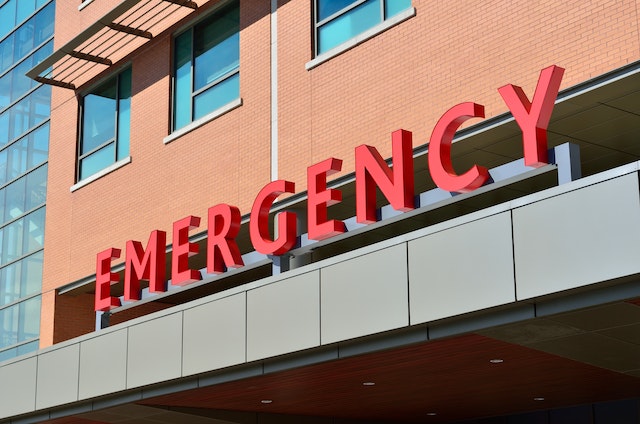10 Tips To Reduce Emergency Room Cost
A trip to the emergency room can provide essential medical care but also comes with a hefty price tag. With ER costs continuing to rise and averaging over $1,000 for a visit, the bills can quickly add up and deal a financial blow.
However, with some careful planning and research ahead of an emergency, you may be able to reduce the charges you ultimately pay. This article will provide 10 vital tips to help you minimize the costs from registration to discharge.
Learning how to navigate treatment options, negotiate costs, and understand billing procedures can go a long way toward cutting down your total ER expenses.
Being an informed patient when an emergency strikes can help limit the financial aftermath.
Strategies to reduce emergency room cost
Use these proactive strategies to prepare yourself and gain peace of mind knowing you have a plan to reduce emergency room cost
1. Evaluate the Urgency of Your Situation
Before rushing to the emergency room, assess the urgency of your medical condition.
For non-life-threatening issues, consider visiting an urgent care center or consulting your primary care physician, as these options are often more cost-effective.
2. Check Your Insurance Coverage
Review your health insurance policy to understand what emergency services are covered and what out-of-pocket expenses you might face.
Familiarize yourself with co-pays, deductibles, and co-insurance rates to prepare for potential costs.
3. Use In-Network Providers
If possible, seek medical attention at a hospital and with healthcare providers that are in-network with your insurance plan.
Out-of-network services can lead to significantly higher expenses.
4. Research Local Hospitals
If you have the luxury of time during a non-life-threatening emergency, research nearby hospitals to find one with a reputation for providing quality care at a reasonable cost.
5. Understand Facility Fees
The Freestanding Emergency Room Billing facility fees to cover operational costs.
To avoid surprises, inquire about the facility fee when you arrive and ask if there are any lower-cost alternatives available.
6. Ask for an Itemized Bill
Requesting an itemized bill allows you to scrutinize the charges and identify any errors or questionable costs. This transparency can lead to potential savings.
7. Negotiate Payment Plans
If you’re facing financial constraints, don’t hesitate to negotiate a payment plan with the hospital’s billing department.
Many hospitals are willing to work with patients to find affordable solutions.
8. Explore Financial Assistance Programs
Some hospitals offer financial assistance programs for patients who meet specific criteria.
Inquire about these programs to determine if you qualify for any financial aid.
9. Avoid Unnecessary Tests and Treatments
During your ER visit, communicate openly with the medical staff about your concerns regarding unnecessary tests and treatments.
Being proactive can prevent you from incurring additional expenses.
10. Follow Up with Your Insurance Company
After your emergency room visit, double-check the billing with your insurance company to ensure that you were billed correctly according to your policy.
If you find discrepancies, report them promptly.
FAQs about reducing emergency room cost
Can I negotiate the cost of medical services during an emergency?
While it may not be possible to negotiate emergency services’ costs, you can discuss payment plans and financial assistance options with the hospital’s billing department.
Will my insurance cover all emergency room expenses?
The extent of coverage varies depending on your insurance policy. Review your plan to understand what services are covered and what your financial responsibilities may be.
What if I can’t afford to pay my ER bill?
If you are unable to pay your emergency room bill in full, contact the hospital’s billing department to explore alternative payment arrangements or financial assistance programs.
How can I avoid high medical bills during an emergency?
Choosing in-network providers, exploring urgent care options for non-life-threatening issues, and understanding your insurance coverage can help minimize the financial impact of an emergency room visit.
Should I use the emergency room for minor injuries?
For minor injuries and non-life-threatening conditions, consider visiting an urgent care center or contacting your primary care physician to avoid higher costs associated with emergency room visits.
Final Thoughts on reducing emergency room cost
Facing an emergency room visit can be challenging, both physically and financially.
By following these ten tips, you can reduce the cost of your ER visit while ensuring you receive the necessary medical care.
Remember, being proactive and well-informed can make a significant difference in managing the financial implications of a medical emergency.






